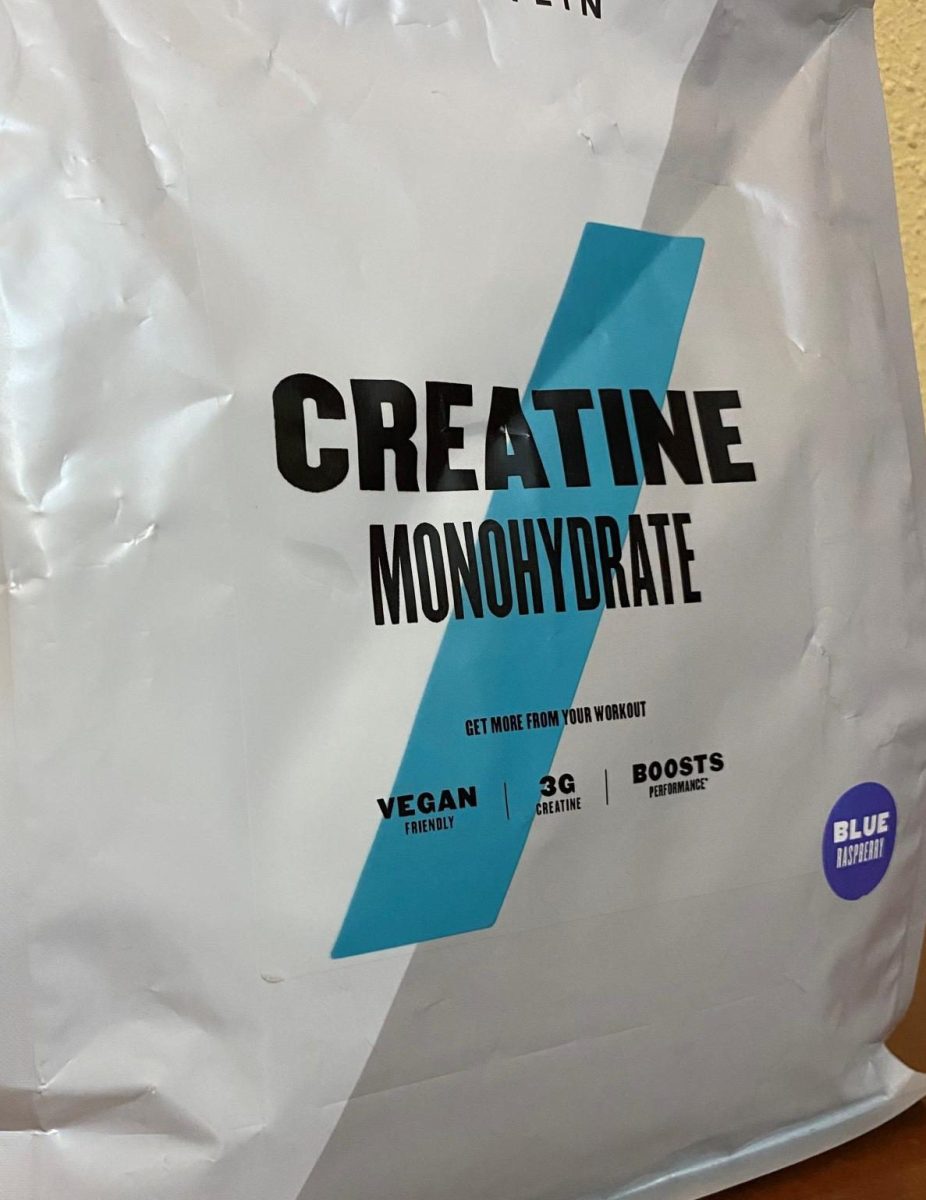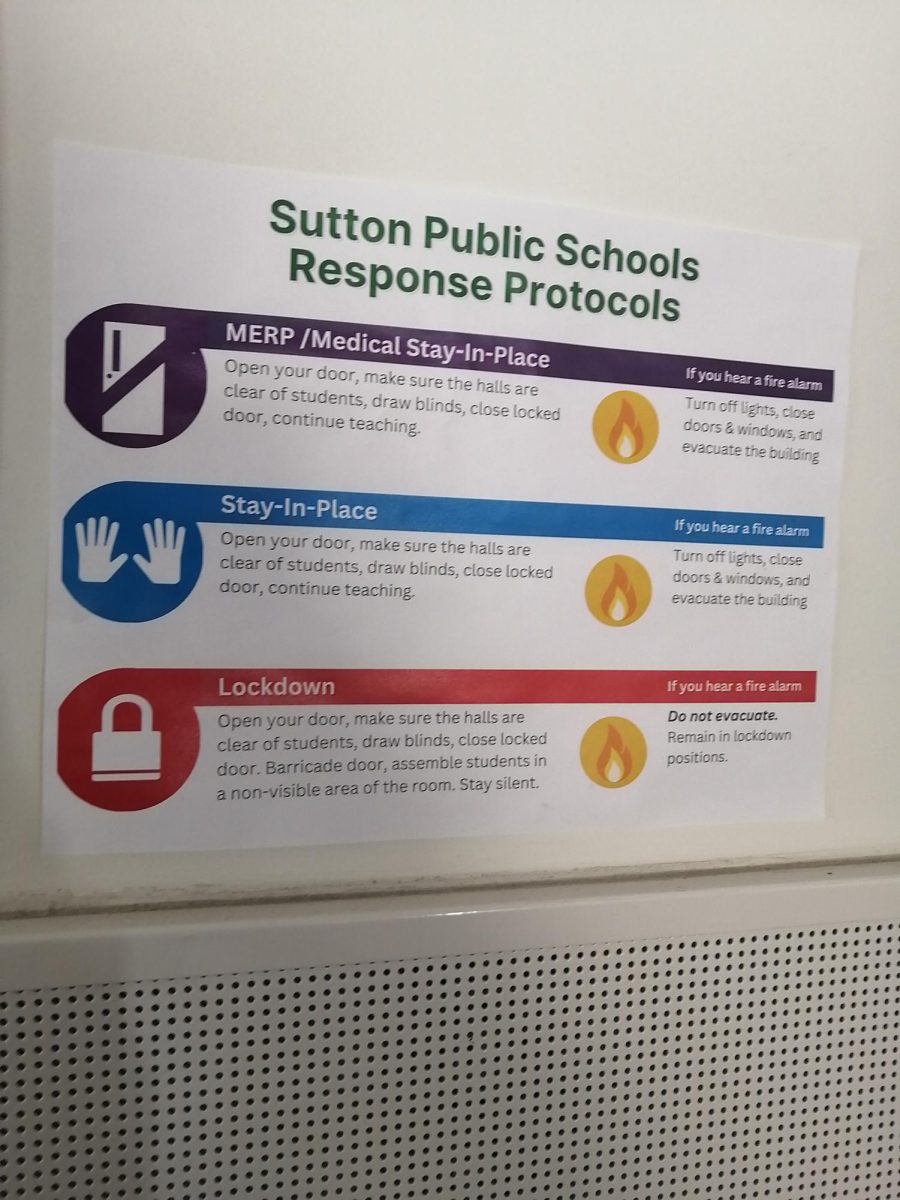It isn’t a mystery that vaping is a problem. In fact, vaping among teens has risen once again with around 2.5 million adolescents in the U.S. addicted.
Vaping is actually a lot more popular than you may think. Research shows that 1 in 5 high school students used vape pens in 2020 and nearly 85% of adolescents use flavored e-cigarettes.
According to the FDA’s National Youth Tobacco Survey, over three million high school and middle school students have used tobacco products in the past 30 days.
Additionally, poison centers receive around one call every three hours per day about a child who has been exposed to an e-cigarette or liquid nicotine.
What is Vaping?
Electronic Nicotine Delivery System or ENDS is the technical name for vaping. It includes vaping devices such as: vape pens, pods, tanks, mods, and e-cigarettes. These devices simulate cigarette or cigar smoking by using aerosolized vapor instead of smoke.
E-cigarettes contain a substantial amount of nicotine (an addictive substance), sometimes even more than a traditional cigarette.
In short when people vape they are inhaling steam that comes from hot nicotine liquid that can be very addictive.
Health Risks
Although companies market e-cigarettes as a safer alternative, they still have serious health risks.
Vaping causes users to develop seizures, breathing difficulties, and an increased heart rate. There have been 2,807 hospitalized cases of e-cigarette, or vaping, which unfortunately resulted in 68 deaths as of February 2020.
A study on mice found that 22.5% of subjects exposed to “e-cigarette smoke” for 54 weeks developed lung adenocarcinomas (the most common lung cancer in the US), and 57.5% developed bladder urothelial hyperplasia.
Unfortunately, it has also been proved to be very difficult to stop vaping due to its addictive nature. The more you vape, the more your brain and body get used to having nicotine, and the harder it is to go without it. When you go without vaping, the nicotine level in your bloodstream drops, which may cause unpleasant feelings, physical symptoms, and strong urges to vape.
Nicotine has serious brain risks for the human body including mood disorders and permanent lowering of impulse control. It also changes the way synapses (connections in the brain) are formed, which can harm the parts of the brain that control attention and learning.
Why do kids vape?
There is a lot of false advertising on vaping which is very misleading especially to teens. They create a false sense of safety onto young teenagers.
Companies promised that e-cigarettes simply created the smoking sensation, but that is proven to be incorrect as vaping is highly addictive.
Vaping companies deny that they are marketing to young people, but their advertisements contain youthful images and colors, animation, and actors who appear to be under 21. There is also an underlying tone that suggests that vaping makes you happier and improves your social status.
Sarper Taskiran, an adolescent psychiatrist at the Child Mind Institute, states, “The teens are after innovation and they’re attracted by sleek design and ease of use,” he says. “They look like an Apple product.”
The packaging also does little to convey the seriousness of vaping, stating facts like 5% nicotine, which sounds like nothing, so teens think 95% is water weight or vapor.
It has also been noted that many adolescents are attracted to the various flavors that vaping companies offer. Many teens are curious about flavors like mango, cucumber and crème and want to give them a try.
A national survey of middle and high students identified that 22.4% are attracted to the flavors, and 55.3% are simply curious about it.
Although medical tests have been done and there is an abundance of research on the effects of vaping and smoking, it has never stopped being cool. It is still portrayed in movies, TV shows, and even in books.
Vaping isn’t that hard to do. Unlike cigars or cigarettes which are a one and done deal, vapes are reusable and just need to be charged up again using a USB port.
It doesn’t help that e-cigarettes are hard to identify because they look like pens or USB flash drives.
Many teenagers may think that trying just once won’t be a big deal, but what happens if you try a second time, and then a third. Vaping is addictive and doing it just once is a big deal.
How do kids get vapes?
Children may be exposed to e-liquid nicotine if their parents store their vape pens where they are easily reachable. 30.8% of teenagers say they are interested in vaping because a family member uses them.
There also has been a massive increase in vaping stores in America. The use of e-cigarettes has exploded in the past several years which results in vapes being more accessible.
Between 2011 and 2019, the number of high school students using e-cigarettes grew from 1.5% to 27.5%, according to the 2019 National Youth Tobacco Survey.
Many companies have also made vaping accessible to under aged teens. It has been reported that some have been selling to teens without checking for their ID’s.
Retailers are way too willing to sell vapes to just about anyone as long as they pay the price. Once these kids identify dealers they then can direct peers to purchase from these retailers to avoid age verification.
It has also been noted in a recent study that 72.8% of 15-17 year old’s use vapes that don’t directly belong to them in the last 30 days.
When all these factors come into play it is surprisingly easy for teenagers to get access to vapes.
Vaping In Sutton
I recently conducted a poll in which students were able to privately answer two questions about vaping at Sutton High.
In a poll of 91 students, when asked the question of ‘do you vape’ only 4 students answered that they have vaped before.
But, when asked the question of ‘do students at SHS vape’ the numbers differ. 31% say Yes, 38% (the majority) say Yes, but not many, 27% say not that I know of, and only 3% say no.
Overall, vaping is becoming a rising issue in today’s world, especially for teens. Vaping helps no one due to its addictive nature, increasing death counts, and extremely serious health problems.














































